Features From the Issue
-
-
Features
Neolithic Europe's Remote Heart
One thousand years of spirituality, innovation, and social development emerge from a ceremonial center on the Scottish archipelago of Orkney
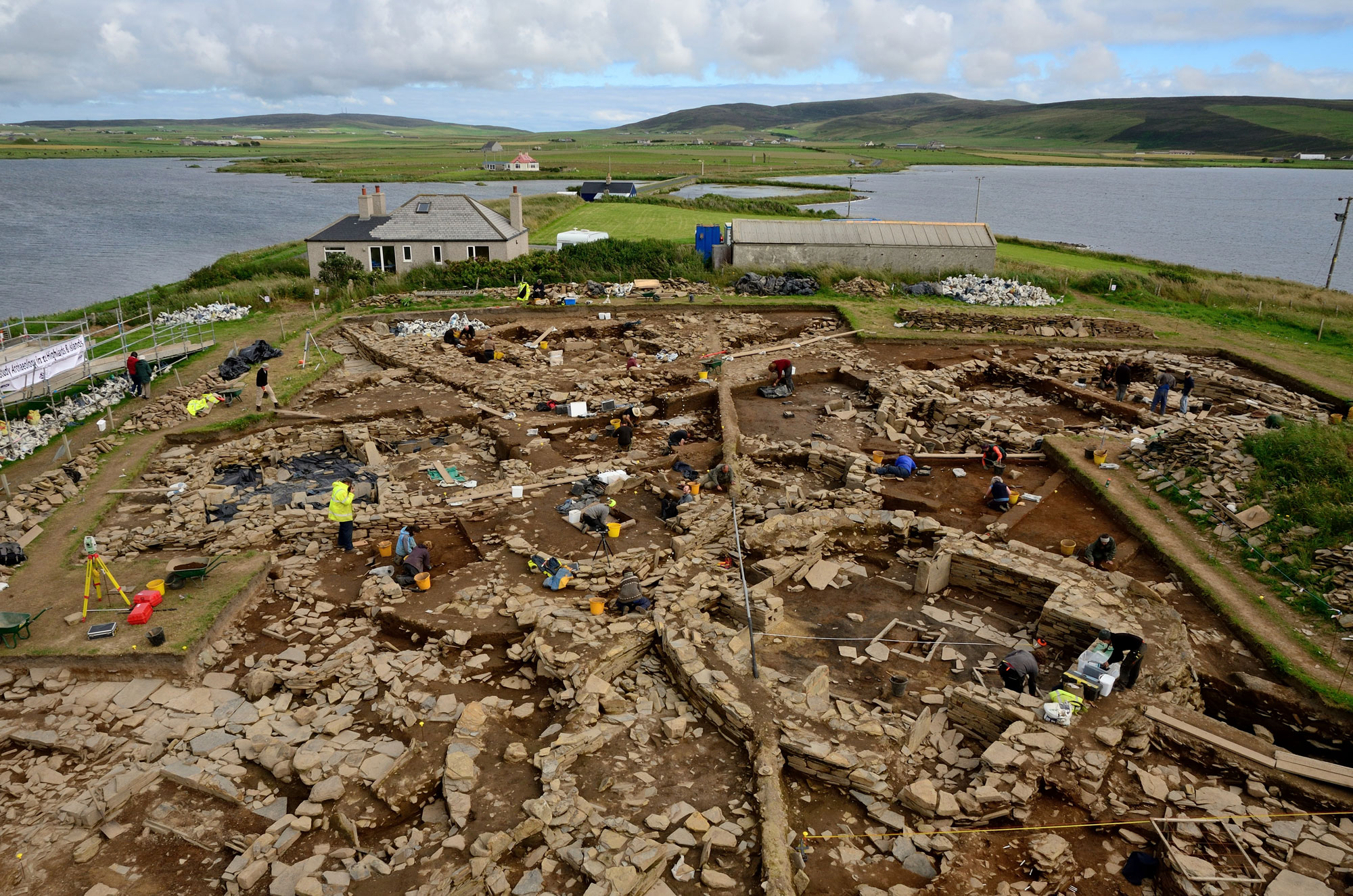 Adam Stanford/Aerial Cam
Adam Stanford/Aerial Cam -
Features
The Water Temple of Inca-Caranqui
Hydraulic engineering was the key to winning the hearts and minds of a conquered people
 (Courtesy Tamara L. Bray)
(Courtesy Tamara L. Bray) -
Features
Mohenjo-Daro's New Story
What may be the Bronze Age's largest city lies on the plains of Pakistan
-
Features
Gateway to the Netherworld
Spectacular finds reveal the millennia-long history of one of Egypt's most important sanctuaries
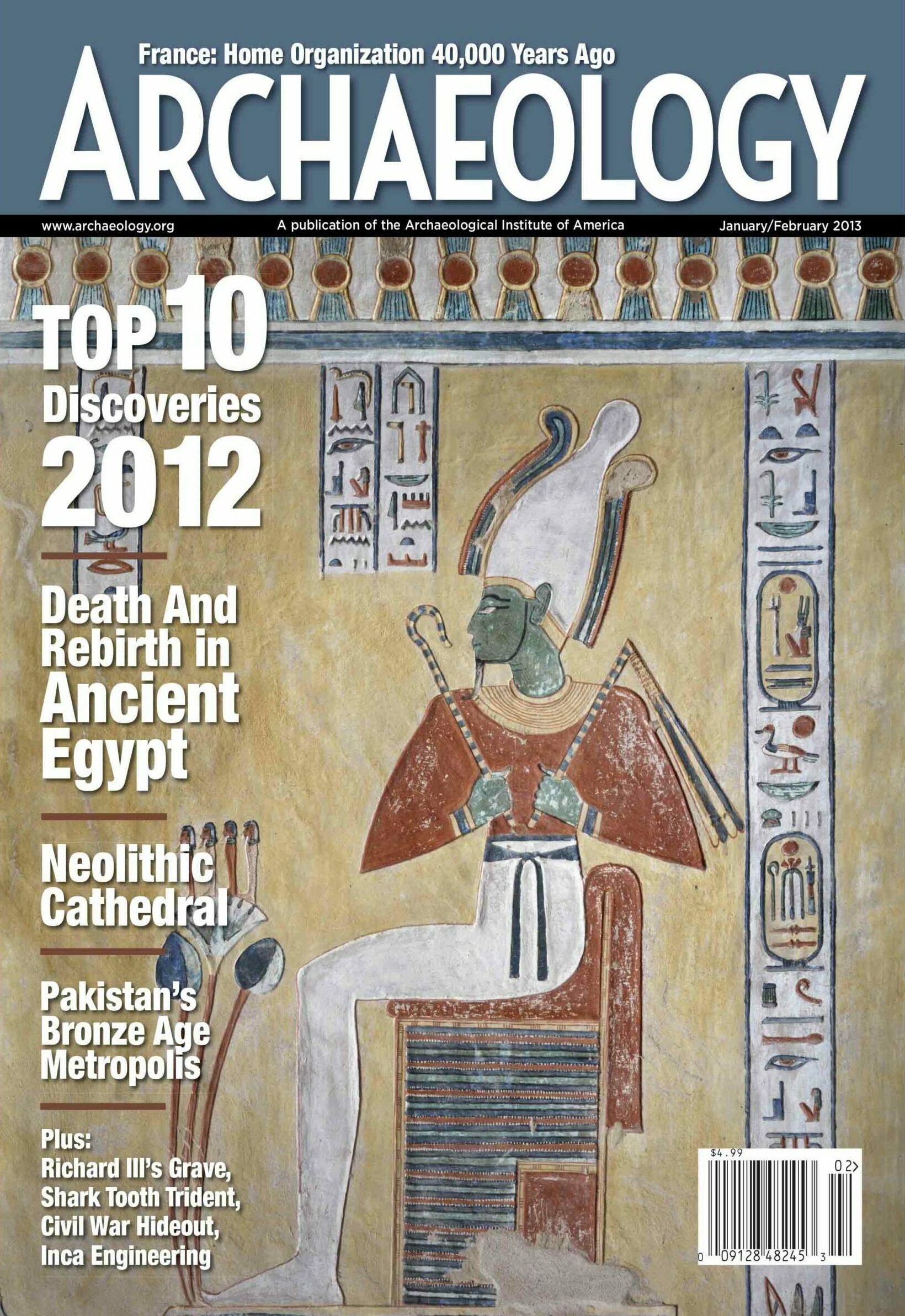
Letter from France
Letter from France
Structural Integrity
Nearly 20 years of investigation at two rock shelters in southwestern France reveal the well-organized domestic spaces of Europe's earliest modern humans

Artifact
Artifacts
Pacific Islands Trident
A mid-nineteenth-century trident illustrates a changing marine ecosystem in the South Pacific
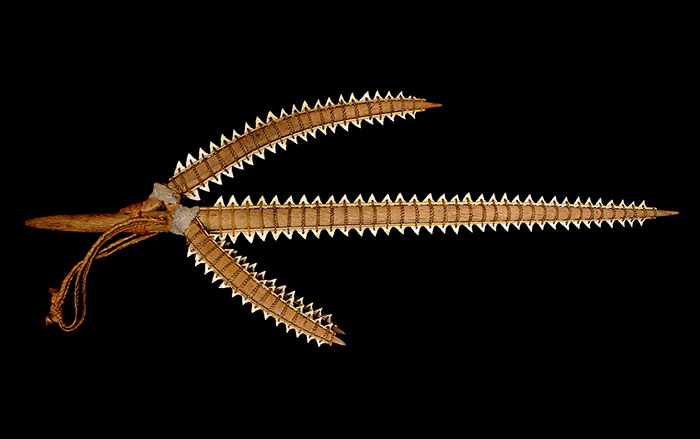
Digs & Discoveries
-
Digs & Discoveries
The Rehabilitation of Richard III
 (Courtesy University of Leicester)
(Courtesy University of Leicester) -
Digs & Discoveries
Masked Men

-
Digs & Discoveries
Fixing Ancient Toothaches

-
Digs & Discoveries
Obsidian and Empire

-
Digs & Discoveries
Ancient Alchemy?

-
Digs & Discoveries
Kidnapped in Copenhagen
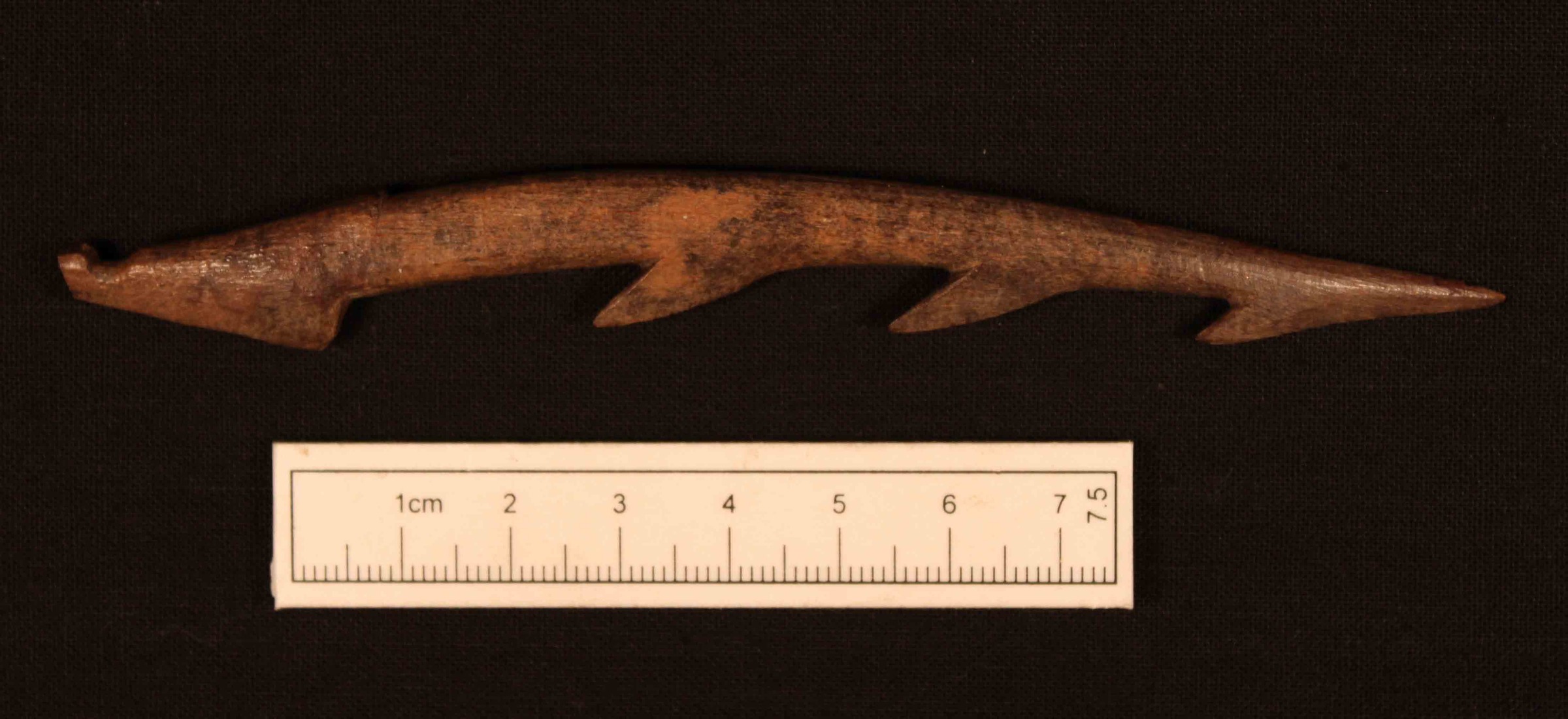
-
Digs & Discoveries
The Emperor’s Orchids

-
Digs & Discoveries
Nazi Iron Man Buddha?
 Courtesy Elmar Buchner
Courtesy Elmar Buchner -
Digs & Discoveries
Maya Mural Miracle

-
Digs & Discoveries
Neutron Beams and Lead Shot
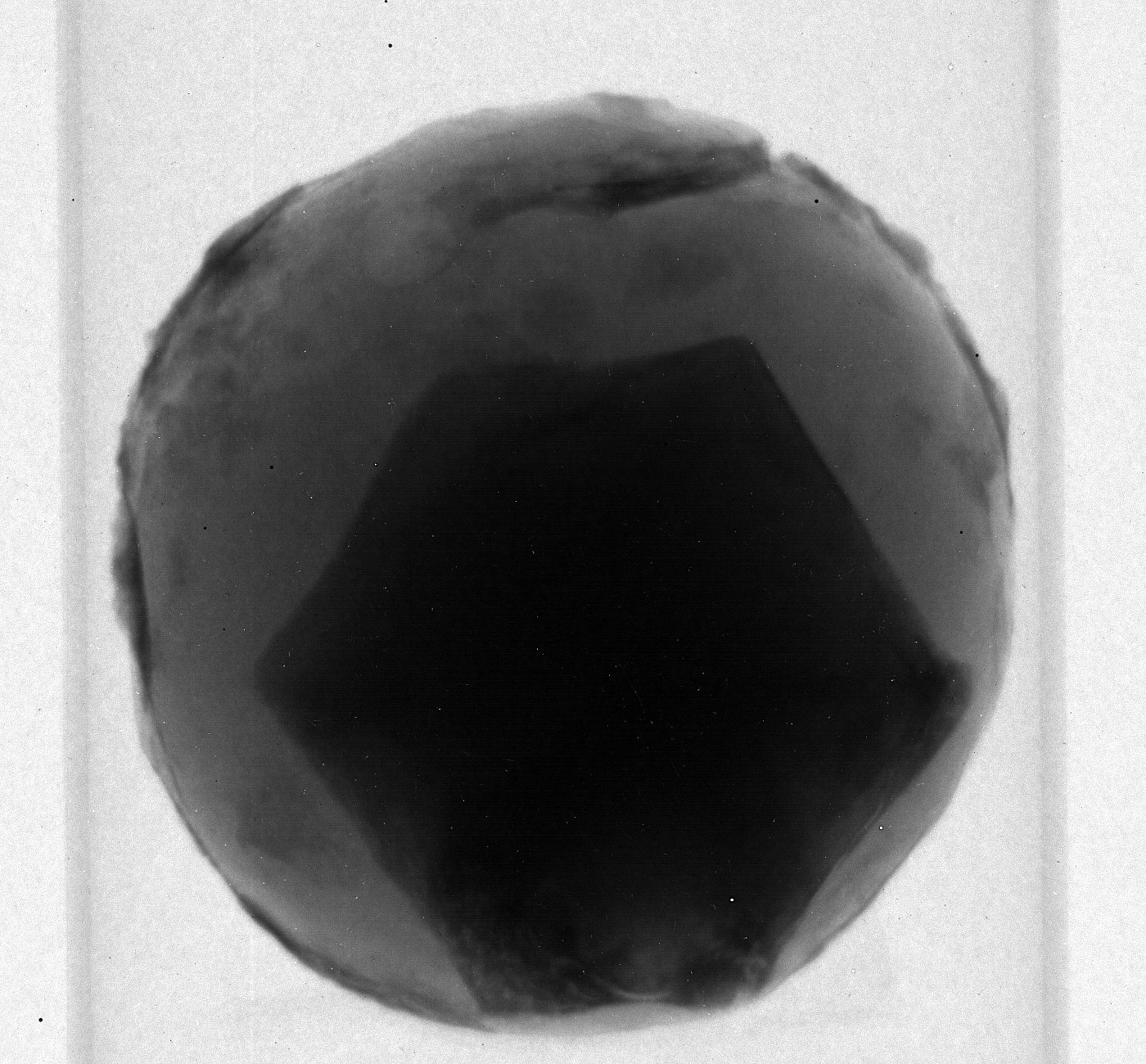
-
Digs & Discoveries
Site of a Forgotten War
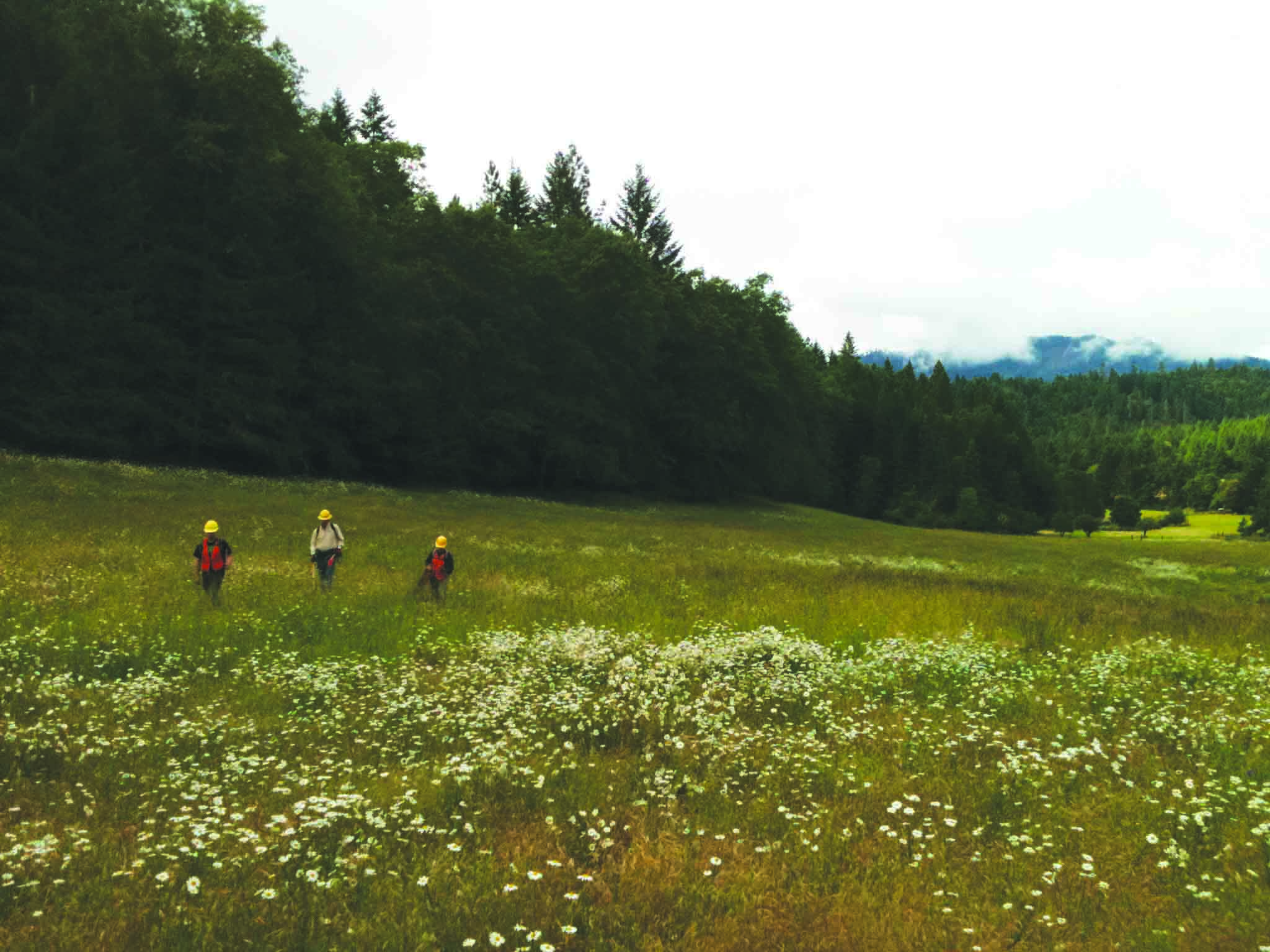
-
Digs & Discoveries
Denisovan DNA
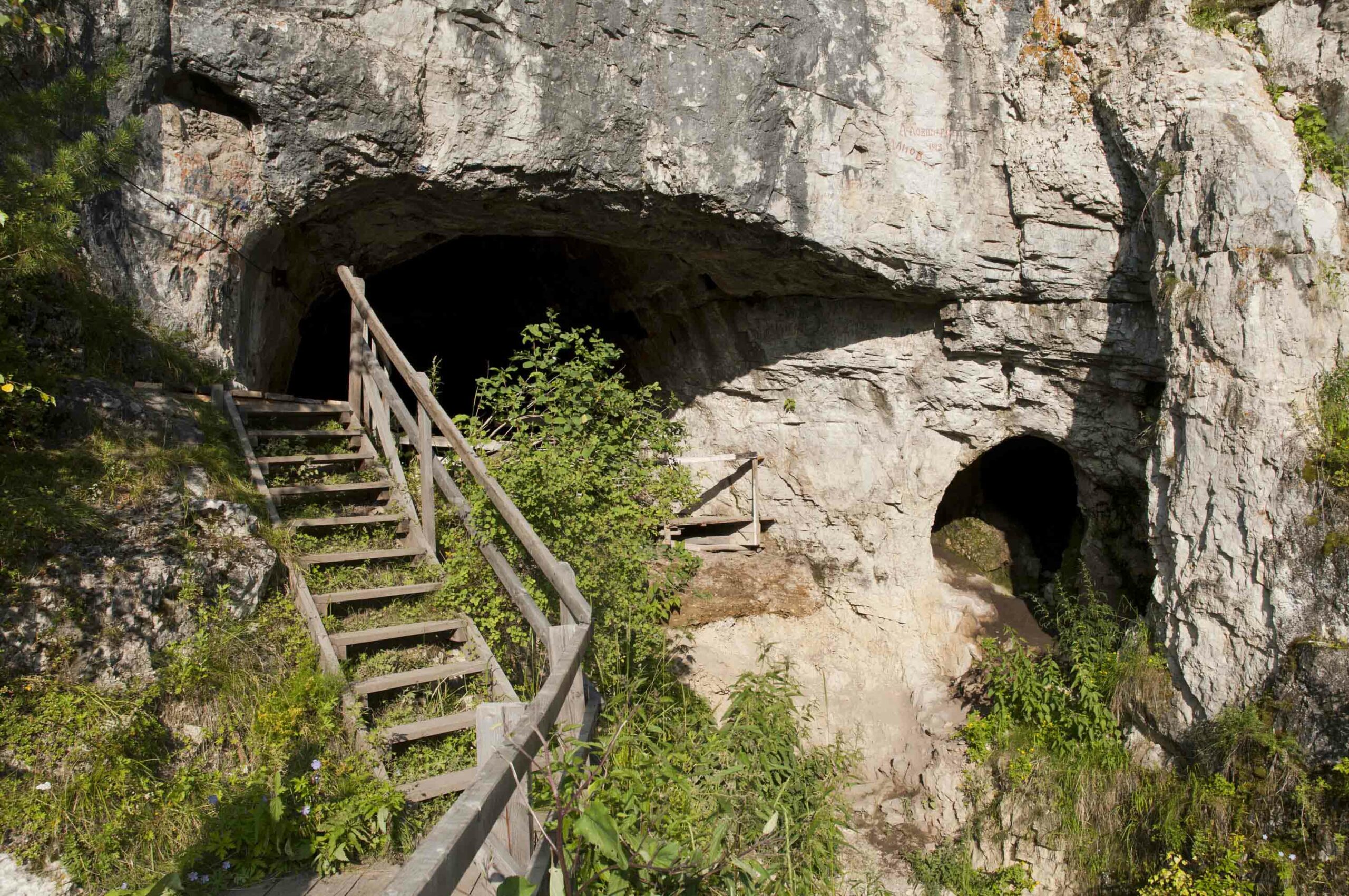
-
Digs & Discoveries
Turning Back the Human Clock

Off the Grid
Off the Grid January/February 2013
Saint Thomas, Virgin Islands

Around the World
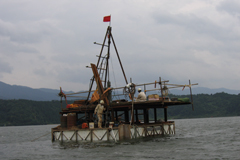
JAPAN

JAPAN: The radioactive carbon isotope 14C decays at a predictable rate. By measuring the carbon in ancient organic materials, you can tell how long the 14C has been decaying, and therefore how old the object is—radiocarbon dating. But the atmospheric concentration of 14C has not always been constant, so knowing past 14C concentrations is essential to refining accuracy. Tree rings, corals, and marine sediments are used for this. Now researchers have another resource—the sediments at the bottom of Lake Suigetsu are so clearly layered, year by year, that they will help improve the accuracy of radiocarbon dating for objects between 10,000 and 52,000 years old. —Samir S. Patel

CAMBODIA

CAMBODIA: The monuments of Angkor Wat include thousands of sandstone blocks—but where did they come from? Researchers recently undertook a study of the quarries used by the builders and identified more than 50 of them, active in different phases, about 20 miles northeast of the site, at the foot of Mt. Kulen. The team also investigated a canal-river system visible in satellite images, which they believe was used to transport the blocks to the site efficiently. —Samir S. Patel
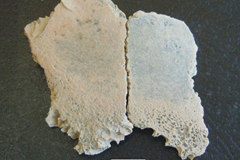
TANZANIA

TANZANIA: A case of childhood anemia indicates that early humans relied on meat as part of their diets as many as 1.5 million years ago—and sometimes did not get enough. In fragments of the skull of a two-year-old hominin, researchers found evidence of porotic hyperostosis, a condition associated with nutritional deficiencies related to a lack of meat consumption. The scientists conclude that people must have been hunting at the time, as scavenging would not have yielded enough meat to make it such an essential dietary need. —Samir S. Patel

